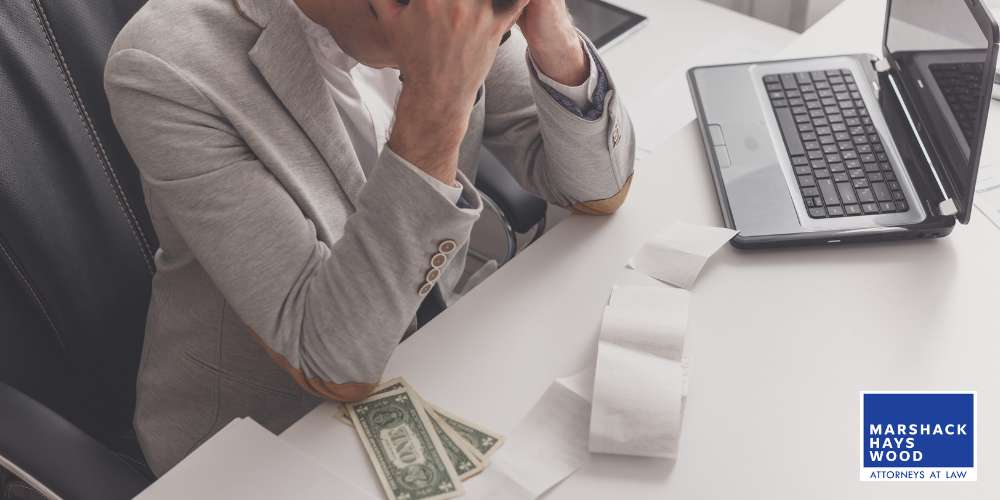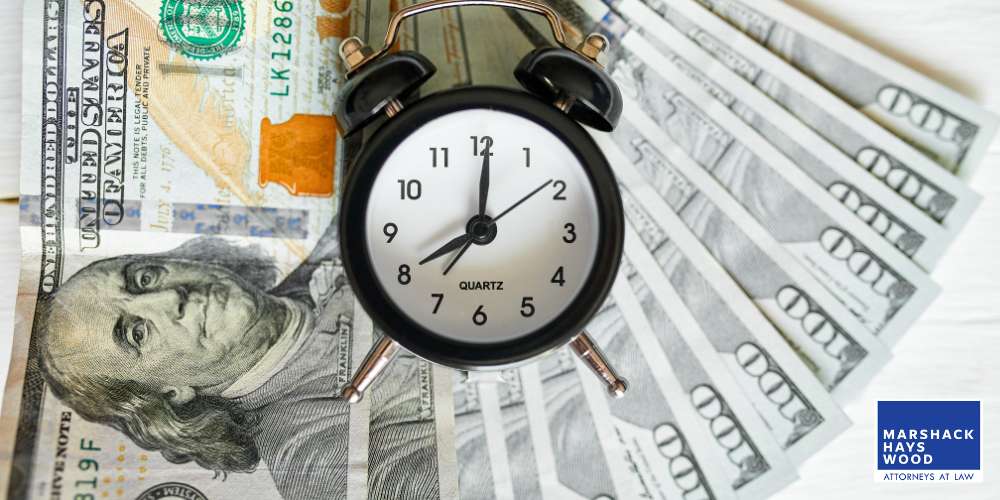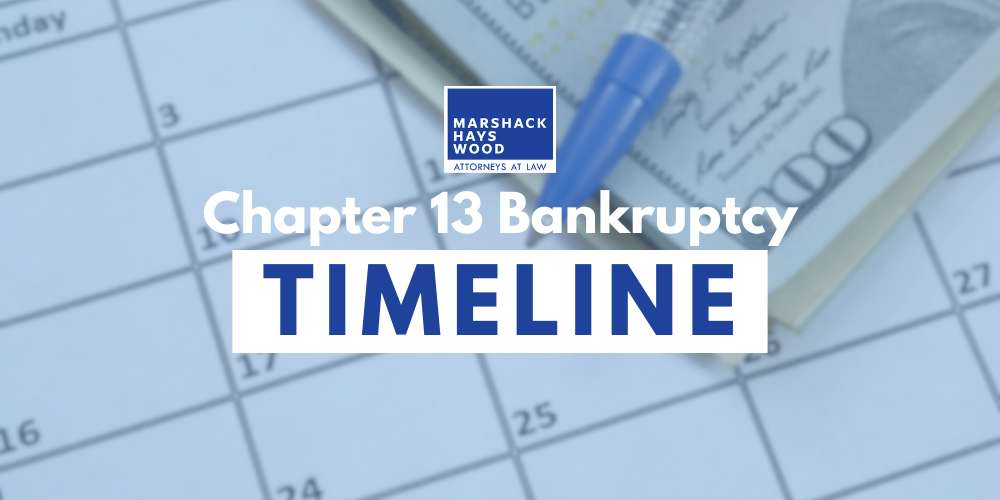The Chapter 13 Bankruptcy process is a structured journey towards financial recovery, offering individuals with regular income an opportunity to reorganize and repay their debts over a period of time. Understanding the timeline of a Chapter 13 bankruptcy is crucial for anyone considering this path. This timeline outlines the key steps and stages involved, from initial counseling to the eventual discharge of debts.
If you are considering filing for bankruptcy, you need a skilled attorney on your side to walk you through the process, ensuring your bankruptcy goes off without a hitch. The Orange County bankruptcy attorneys at Marshack Hays Wood can help ensure you choose the right chapter of bankruptcy for you, your family, and your business.
We can also help guide you through your bankruptcy, giving you the best chance at obtaining a brighter financial future. Call us at 949-333-7777 to schedule a free consultation with a bankruptcy attorney on our team.
Chapter 13 Discharge Timeline in Orange County
Chapter 13 bankruptcy, often referred to as a wage earner’s plan, allows individuals with regular income to develop a monthly payment plan to repay all or part of their debts over the course of three to five years. It can also function as a successful financial management plan for self-employed individuals or unincorporated business owners.
In a Chapter 13 bankruptcy case, debtors can reorganize their finances, pay debts, prevent foreclosure, make up missed car loan or home mortgage payments, pay back taxes, and stop interest from accruing on tax debt. At the end of the process, they can receive a bankruptcy discharge, which is a document legally releasing the debtor from the debts they have paid off throughout their bankruptcy.
In order to receive a Chapter 13 bankruptcy discharge, debtors have a number of steps to go through. An experienced bankruptcy attorney can help individuals filing for bankruptcy understand the process and can give them an accurate timeline for their bankruptcy.
Chapter 13 Bankruptcy Preparation
Before filing for Chapter 13 bankruptcy, the person filing for bankruptcy needs to gather certain financial information. This includes:
- Recent tax returns
- Pay stubs
- Bank statements
- A list of assets (like their home, car, or other property)
- A list of liabilities (such as mortgage, car loans, credit card debts, medical bills, and other obligations)
Additionally, they must qualify to file under this specific chapter of the bankruptcy code. Chapter 13 bankruptcy has specific eligibility requirements, including limits on the amount of debt a person can have. They must also have a steady income source to meet repayment plan obligations.
Looking to file for Chapter 13 bankruptcy in California? An experienced Orange County Chapter 13 bankruptcy lawyer at Marshack Hays Wood can help ensure you complete every step in the pre-filing process, and can even guide you through the rest of the bankruptcy process. Call us at 949-333-7777 to speak with a member of our team and schedule a free initial case evaluation.

How Long Does It Take to File Bankruptcy Chapter 13?
Normally, a Chapter 13 bankruptcy takes 3-5 years from start to finish, depending on the debtor’s monthly income and how much they owe. Below are the steps that someone must undergo when filing for Chapter 13 bankruptcy, as well as how long each step may take.
Credit Counseling Course
At the beginning of every Chapter 13 bankruptcy case, the person filing for bankruptcy, also known as the petitioner, must attend a credit counseling course through an approved agency. This course is designed to help them understand their current financial situation and what their options are moving forward.
For some people, bankruptcy may not be the best option. For example, if someone is only behind on a single car payment, they should consider other debt-relief options. If, however, developing a repayment plan is the best course of action for them and their situation, they may choose to file for bankruptcy under Chapter 13.
To file, they must provide proof of course completion when filing for bankruptcy. The course should be completed within 180 days before their actual filing.
File Your Chapter 13 Bankruptcy Petition with the Bankruptcy Court
Using all of their collected financial information, the debtor can file for bankruptcy by completing a bankruptcy petition. They will also have to pay the baseline filing fee, which is $313 for Chapter 13 in California. If the court approves the debtor’s Chapter 13 bankruptcy petition, the court may file a legal injunction known as an “automatic stay.”
This powerful debt relief tool stops any collection efforts, creditor harassment, or legal actions taken against the debtor throughout their bankruptcy. This allows them to get a handle on their financial affairs without worrying about things like payroll deduction, repossession, and collection calls.
Normally, the court grants an automatic stay to anyone filing for bankruptcy, but, in certain circumstances, it may not be granted, or it may be revoked. A skilled bankruptcy attorney can help ensure you receive an automatic stay in your case.

File Your Repayment Plan
One of the unique aspects of Chapter 13 bankruptcy is the requirement to file a repayment plan. This monthly payment plan outlines how the petitioner proposes to repay their debts over a period of three to five years. The repayment plan should allocate funds to priority debts such as taxes and child support first, then allocate funds to secured debts and unsecured debts.
The plan must be feasible, based on the debtor’s income and allowable expenses, and fair to their creditors. This plan must be submitted to the court for approval no more than 14 days after filing the bankruptcy petition. The court, along with their creditors, will review the plan during a confirmation hearing.
Get a Bankruptcy Trustee
After filing for Chapter 13 bankruptcy, the court will appoint a bankruptcy trustee to oversee the case. The trustee plays a pivotal role in managing the process. Their responsibilities include reviewing the debtor’s financial documents and repayment plan, collecting payments from them, and distributing these funds to their creditors according to the plan’s terms.
The trustee also acts as a mediator between the debtor and their creditors throughout the process, including at the creditor’s meeting and confirmation hearing. They ensure that the bankruptcy process is carried out fairly and in accordance with the law.
Petitioners must cooperate fully with their trustee and provide any requested information promptly to facilitate a smooth process. It’s also important to note that a bankruptcy trustee differs from a bankruptcy lawyer. Trustees are court-appointed and required during each bankruptcy filing, whereas bankruptcy lawyers are optional and chosen by the petitioner.
While bankruptcy lawyers are optional, having a bankruptcy lawyer can greatly benefit anyone’s Chapter 13 bankruptcy case. They can walk petitioners through the bankruptcy process and ensure that every step of the process is done correctly and on time.
Start Making Payments
Once the Chapter 13 payment plan has been approved, the petitioner can start making regular payments through their repayment plan. These payments usually begin about 30 days after the plan is filed, and a failure to make these payments could lead to the dismissal of their bankruptcy case.
It’s important to note that payments should be made within 30 days of filing, not within 30 days of approval. If the plan is not approved, the bankruptcy trustee will return any payments made by the debtor prior to the plan rejection (minus some administrative costs).
Creditors will likely submit claims for payment around this time, providing the trustee with the amount they are owed and the type of debt they are owed. Government creditors have 180 days from the original filing date to file this claim, whereas other creditors have 70 days to file.
Consistent and timely payments can help demonstrate the petitioner’s commitment to fulfilling their financial obligations like mortgage payments, child and domestic support obligations, and more.

Attend the 341 Meeting of Creditors
The 341 meeting of creditors is a mandatory meeting between the debtor, their trustee, and their creditors. This meeting allows creditors to ask questions about the debtor’s finances, as well as their proposed payment plan.
While it is often called a creditors meeting, most creditors won’t attend, and will usually only show up in cases where the creditors suspect fraud. Instead, the bankruptcy trustee will ask the petitioner questions under oath. This will allow creditors to review the petitioner’s statements for accuracy after the fact and object to any inconsistencies.
This meeting is typically held within 40 days of filing the petition and is often very brief.
Wait for Plan Objections, If Any
After the 341 meeting, any creditor who finds errors or discrepancies in the debtor’s statements or their proposed plan will speak to the trustee. In some cases, they may send a written objection to the trustee to ensure that their objection is documented.
Objections can be based on various grounds, such as the plan’s duration, the amount allocated to creditors, or the proposed budget. If objections arise, they must be resolved before the plan can be confirmed. This may involve negotiating with creditors or amending the plan
Debtor Education Course
In addition to attending a credit counseling course, Chapter 13 bankruptcy petitioners must also attend a debtor education course through an approved agency. This ensures that they know what to do after receiving their discharge and how to avoid falling into debt again in the future. Upon completion, a certificate of completion must be filed with the court.
Repayment Plan Confirmation
To really begin making payments, the payment plan has to be approved formally. The bankruptcy court overseeing the proceedings will hold a confirmation hearing, where the bankruptcy judge will review the plan, ensure it complies with US bankruptcy laws, and check to see if it’s fair to the creditors.
If there are no objections from creditors or the trustee, or if objections have been resolved, the judge will likely confirm the petitioner’s plan, making it legally binding. This means that the petitioner must make payments on time in accordance with the plan, and their creditors must abide by the terms of the plan.

Complete Your Payments
After the confirmation hearing, the petitioner can make payments to their bankruptcy trustee in accordance with their approved plan over the agreed-upon period. Petitioners must keep up with their repayment plan and continue to make payments for the required amount of time. Failing to do so can jeopardize their bankruptcy case.
The petitioner may receive periodic statements from their trustee throughout the process, ensuring that they are aware of their payment progress and their remaining balances.
Receive the Bankruptcy Trustee’s Report
At the end of the Chapter 13 bankruptcy process, the petitioner will receive a final report from their trustee. This report details all payments received and distributed to creditors during the Chapter 13 process, providing a comprehensive account of all financial transactions made throughout the process.
Receive Your Chapter 13 Discharge
A bankruptcy discharge is the final step in any Chapter 13 bankruptcy case and signifies a fresh financial start. The bankruptcy court will issue a discharge after the petitioner has completed their payment plan and has fulfilled any requirements under their plan.
The discharge releases a petitioner from the obligation to pay any remaining balances on most debts. It’s important to note that certain debts, such as some taxes, alimony, child support, and student loans, are typically not discharged in bankruptcy.
Once a debt is discharged, the petitioner is no longer required to make payments on the debt, and creditors are no longer able to collect on it. While most Chapter 13 bankruptcy discharges are only granted after completion of the payment plan, some people may be granted a hardship discharge if certain circumstances have prevented them from making regular payments.
What is the Success Rate of Chapter 13?
Nationally, the success rate of Chapter 13 cases varies significantly, with estimates showing that about 40% of Chapter 13 filings result in a successful discharge. However, this rate can fluctuate based on several factors, including the filer’s income stability, the complexity of their financial situation, and the effectiveness of their legal representation.
If you are interested in filing for Chapter 13 bankruptcy, a skilled bankruptcy attorney can ensure that Chapter 13 is right for you. At Marshack Hays Wood, we can help you look into other options, such as alternative dispute resolution, which may allow you to settle certain debts without filing for bankruptcy.
How Do You Know When Your Chapter 13 is Over?
There are a number of things that can signify that a Chapter 13 bankruptcy case is officially over. If you receive your bankruptcy discharge, then your case is over. An experienced attorney can ensure you reach this milestone, giving you a chance at a new financial life.

Contact a Chapter 13 Attorney with Marshack Hays Wood Today
Bankruptcy can be a big step toward financial recovery, but taking that first step can be difficult. At Marshack Hays Wood, we provide our clients with a comprehensive understanding of the bankruptcy process, allowing them to make informed decisions regarding their financial future.
A bankruptcy lawyer on our team can also ensure you plan payments that are reasonable and achievable, allowing you to fulfill your bankruptcy requirements and eventually receive your discharge letter. Call 949-333-7777 or contact us online and schedule your first consultation with us–at no cost to you.

